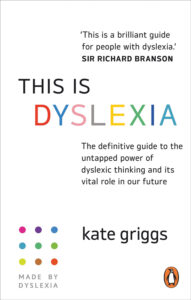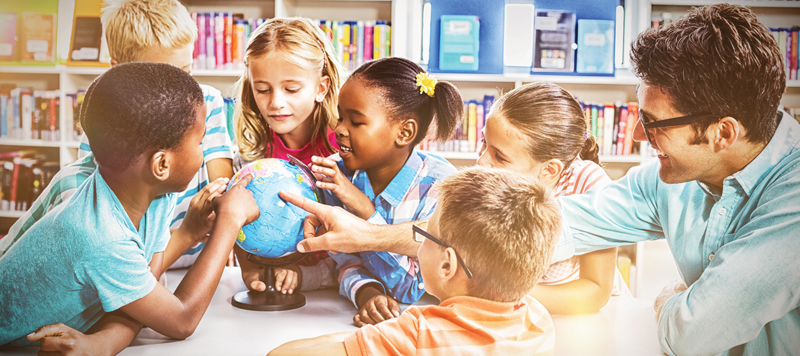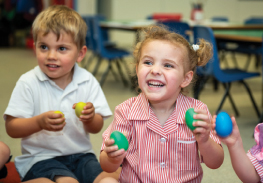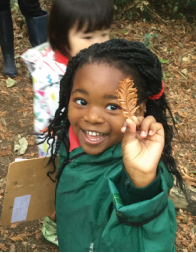
by Chloe Chapman
SEND Consultancy Services
The term ‘Special Educational Needs’ describes learning difficulties or disabilities that make it more difficult for children to learn than most other children of the same age.
What is the first step I should take if I think my child has Special Educational Needs?
It can be a worrying time if you are concerned that your child is not developing in the same way as other children or doing as well as they could be in nursery, school or college. Each educational setting will have a SENCO (Special Educational Needs Co-ordinator) responsible for providing additional support for children with additional needs. If you have concerns, you should arrange a meeting with the SENCO and other key staff who work with your child frequently (for example, the class teacher or form tutor), to discuss where you feel your child is struggling and what support is already in place to help your child.
The school (and you) may feel that your child needs more support, and this should be reflected within a SEN Support Plan.
The SEN Support Plan should include clear outcomes that it is expected your child will meet, and the support they will need for that to happen. For example, if your child is struggling with writing, support may include an intervention or support group that your child will attend, and during writing activities a staff member will support them. The SEN Support Plan should be reviewed regularly to ensure that your child is making good progress and the support is working well.
What is the next step if a SEN Support Plan is not working?
If your child has a SEN Support Plan, but they are still not making as much progress as would be expected, they may need an Educational, Health and Care (EHC) Plan. A parent/guardian, educational setting or a professional working with your child can apply for an EHC Plan, using the link available on the Local Offer for your Local Authority.
You do not have to use the forms provided by the Local Authority, but they will guide you as to what information to include. It is important to include as much evidence as possible – this can be information from the educational setting such as; a copy of the SEN Support Plan, results from standardised tests and examples of your child’s work. If your child has received additional care from Health Professionals such as your GP, a Paediatrician or Consultant, then include any corresponding paperwork. You can include reports from other professionals who may have worked with your child, such as: Educational Psychologist, Occupational Therapist, Speech and Language Therapist, Behavioural Support Worker or a Physiotherapist. Where possible, evidence should be dated from the last two years so it is still relevant to your child. For your child to receive the help they need it is important for reports to reflect how they might be on their worst day; this can make for difficult and emotional reading. Please remember that this is a means to an end and with the correct support in place the good days should far outweigh the more challenging days.
Once this information has been submitted to the Local Authority, they will make a decision about whether your child will undertake an EHC Needs Assessment. This is a 20 week assessment process, where the Local Authority gathers further information on your child to make a decision about what level of support is required. At the end of this process your child may receive an EHC Plan, or they may remain on a SEN Support Plan.
How to find information about services available through my Local Authority?
Local Authorities have an obligation to publish information relating to services and support for children on the Local Offer. The Local Offer will include information about how to apply for an EHC Plan, who to contact for help and what the process will look like for your area. If you are thinking about applying for an EHC Plan it can be useful to discuss this first with your local SEN Team, a local support group or an independent SEN consultant.
Aside from an EHC Plan, what else should my Local Authority be offering? –
The Local Offer should explain what schools are expected to provide as part of a universal offer for every child. Teachers should be regularly assessing children to identify which children may need additional help. In any one class, the teaching staff (with guidance from the SENCO), could be running a number of catch up or intervention groups for children with skills or knowledge gaps. The expectation is that if a teacher identifies a gap or delay, that the school should look to their own existing groups and resources to support a child in the first instance. As a parent, regular communication with school staff is key to making sure that you are both on the same page and your child is getting access to the support they need.
If you would like more advice about your child and their individual circumstances, then please do get in touch. SEND Consultancy Services can talk through possible next steps, attend meetings, read over reports, SEN Support Plans or EHC Plans and be an advocate for you and your child.
www.sendconsultancyservices.co.uk – chloe@sendconsultancyservices.co.uk – www.surreylocaloffer.org.uk



 It is important to note that schools can award scholarships with bursaries; providing the prestige of a scholarship, with the financial support of a bursary.
It is important to note that schools can award scholarships with bursaries; providing the prestige of a scholarship, with the financial support of a bursary.



 As Carol Dweck states: “Everyone is born with an intense drive to learn, infants stretch their skills daily. Not just ordinary skills, but the most difficult tasks of a lifetime, like learning to walk and talk. Babies don’t worry about making mistakes nor humiliating themselves. They never decide it’s too hard or not worth the effort. They walk, they fall, they get up. They just barge forward.”
As Carol Dweck states: “Everyone is born with an intense drive to learn, infants stretch their skills daily. Not just ordinary skills, but the most difficult tasks of a lifetime, like learning to walk and talk. Babies don’t worry about making mistakes nor humiliating themselves. They never decide it’s too hard or not worth the effort. They walk, they fall, they get up. They just barge forward.”
 Teaching emotional intelligence, at an early age, will help your children develop self-awareness and empathy. Research also shows that children who have higher emotional intelligence tend to pay more attention in class, be more engaged at school, develop healthy social skills, and have more positive relationships.
Teaching emotional intelligence, at an early age, will help your children develop self-awareness and empathy. Research also shows that children who have higher emotional intelligence tend to pay more attention in class, be more engaged at school, develop healthy social skills, and have more positive relationships.
 Parents as partners
Parents as partners











